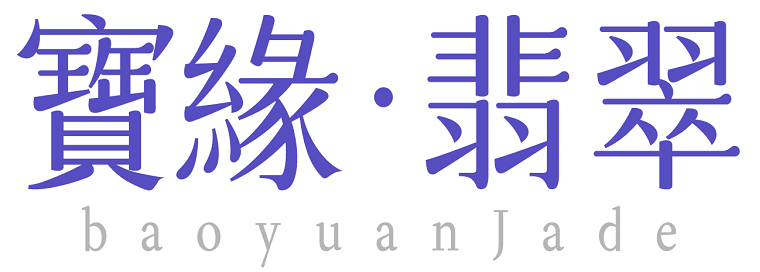Help Center
Amber knowledge
Amber is a kind of transparent biological fossil. It is the resin fossil of plants such as coniferous, cloudy, and araucaria. The resin drips and is buried in the ground for thousands of years. Under the action of pressure and heat, some internal There are small insects such as bees in the package, which is very beautiful. Most of the amber is formed by the resin petrification of Pinaceae, so it is also called "Pine resin fossil".
Amber comes in a variety of shapes, the surface and interior often retain the lines created when the resin flows, and bubbles and ancient insect, animal or plant debris are often seen inside.
Where does amber come from?
There are many amber producing areas, mainly in the Baltic countries in Europe, Myanmar in Asia and Fushun in China, and the Caribbean countries in the Americas.
The main origins in Asia include: Myanmar and Fushun, China. In addition to the Baltic Sea region, Myanmar is also one of the important amber producing areas in the world and the most important source of amber in Asia. Burmese amber is one of the oldest producing areas in the world, produced about 60 million to 120 million years ago. Burmese amber is delicate and moist, rich in color, and precious in amber. Fushun amber in China is often produced in coal seams and is associated with coal essence. Fushun amber is calm and atmospheric in color, rich in inclusions and strong in oil, but resources are increasingly scarce.
What are the common types of amber?
Gold, blue, green tea, black tea, blood, black, flower, brown red, green, insect, beeswax, pergen, Burmese, etc.
1. Blood Amber
The blood amber is nourished by the golden amber, that is, the transparent amber is red in appearance. From the original stone, it is the red-skinned golden amber. Among the blood amber ornaments, it is transparent and transparent, and the blood threads are uniform. It is the best of natural blood amber. True transparent blood amber is very rare, and the individual is also very small. Most natural amber contains impurities.
2. Kimper
Kimber is golden amber. A type of amber classified by the shade of color. The transparent amber is called amber, and the opaque amber is called dense wax. From a professional point of view, the yellow one is called Kimber. Kimper's transparency is very high. From an appreciation point of view, it is very funny and has a large audience. In the amber world, pure natural high-quality gold amber is very precious.
3. Beeswax
Beeswax is Miwa, a variety of amber, opaque or semi-opaque amber is called Miwa, wood resin liquefaction fossil, amorphous body, no fixed internal atomic structure and external shape, the fracture is often Shell-like, refractive index between 1.54 and 1.55, birefringence is not applicable. According to physical verification, the specific gravity of beeswax is between 1.05 and 1.10, which is only slightly larger than that of water, which is a precious decoration. Only translucent to opaque amber is called beeswax. The colors of beeswax include egg white, beige, light yellow, chicken oil yellow, orange and other yellow-based colors. Basically a kind of amber from the Baltic Sea. The jujube red beeswax is caused by the oxidation of the yellow beeswax skin to produce pulp and darken the color. Because of this, there are many artificially processed and oxidized jujube red or darker beeswax on the market.
4. Golden Honey
Golden twisted honey is formed by intertwining transparent amber and opaque beeswax. The full name is golden twisted beeswax. There are not many natural golden twisted honeys. Most of the golden twisted honeys on the market today are products after optimized treatment, especially pearl honey. The appearance of pearl honey is very beautiful, and it is also the most common kind of golden twisted honey, but there are very few natural pearl honey, and most of them are optimized.
© Copyright 2022 寶緣翡翠. All Rights Reserved.


輕鬆創建一個漂亮的
響應式網站
一切盡在您的指尖
功能豐富的小部件+輕鬆共享模塊
